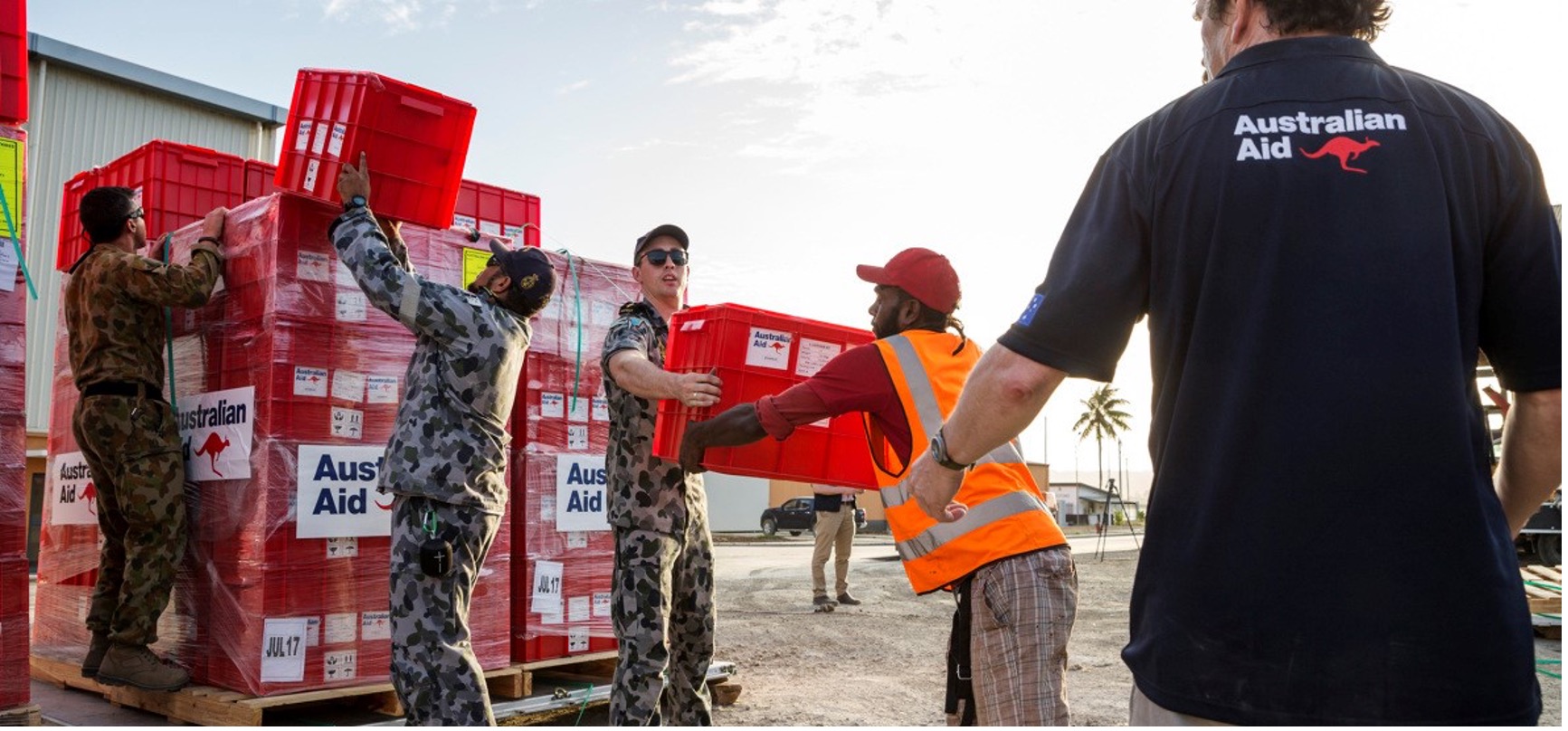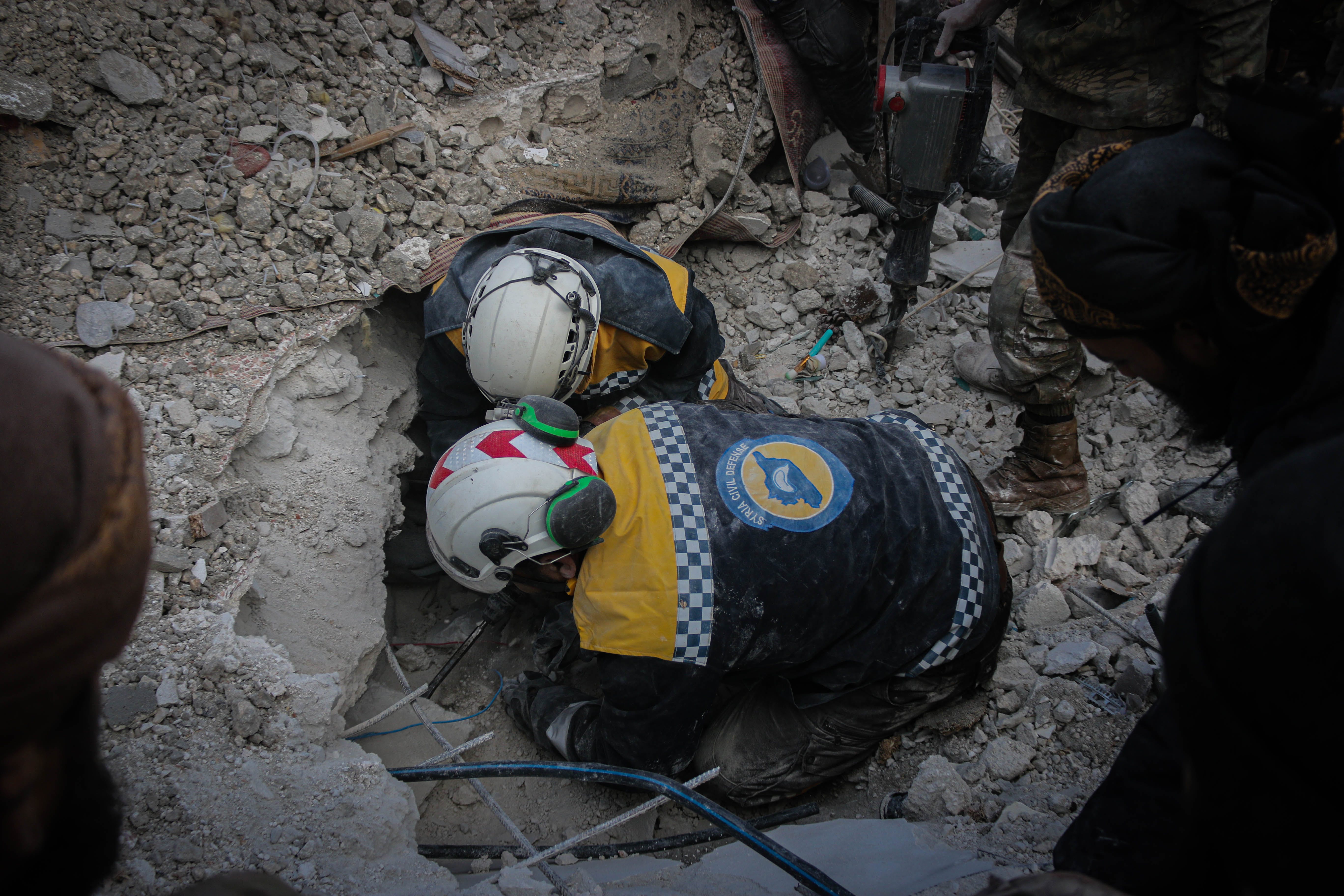Humanitarian Advisory Group and Centre for Humanitarian Leadership recently co-hosted a World Humanitarian Summit follow-up symposium – The Future of Humanitarian Action: The World Humanitarian Summit and beyond – to discuss the outcomes of the World Humanitarian Summit and the practical implications for Australia and the Asia Pacific region. The symposium convened humanitarian practitioners, communities, academics and government representatives from Australia, Asia and the Pacific
Background

Nemi Naparau, Vanuatu Red Cross
In 2016 the global humanitarian system is facing unprecedented challenges. We are currently facing the highest level of human suffering since the Second World War; in 2015, some 65.3 million people were reported forcibly displaced, with 1 person in every 113 affected. It has been widely acknowledged that the humanitarian system as it currently stands is struggling to address the magnitude of humanitarian need. It also faces a number of systemic challenges and it is in this context that traditional approaches to humanitarian response operations have come under scrutiny. The recent World Humanitarian Summit convened in May 2016 in Istanbul set out to boldly address issues and identify solutions to challenges in the humanitarian world. The result of these processes is widespread acknowledgement of the need to change the way the international community responds to humanitarian crises.

Peter Korisa, Vanuatu National Disaster Management Authority, alongside Rudi Phadmanto, National Disaster Management Authority Indonesia
The Summit was an unprecedented gathering of Member States, humanitarian actors and organisations, United Nations agencies, civil society, private sector and those affected by humanitarian crises and disasters. In the lead up to the Summit, the UN Secretary-General outlined five core responsibilities in the Agenda for Humanity that synthesised these challenges, and outlined actions to reduce suffering and improve the delivery of humanitarian assistance. Whilst the relative effectiveness of the Summit process has been questioned it broadly brought together a number of the critical actors to discuss the way forward for humanitarian action.

Marc Purcell, ACFID answering a question from the audience
Across seven high-level roundtables, senior government representatives, civil society and the private sector made a number of policy, legal and operational commitments in support of core commitments outlined in the Agenda for Humanity. Over 3000 commitments were made at the Summit. The Secretary-General’s desire for a unified vision of change, which addresses a suite of complex challenges, has not yet been fully realized. The Summit generated much needed attention. The next step will be the implementation and operationalisation of these commitments.
Symposium Outcomes
The Symposium consisted of four thematic sessions: Reflections on World Humanitarian Summit outcomes; Challenges for implementation of WHS commitments; Implications for Asia and the Pacific Region: WHS commitments; and, Tracking WHS commitments: when, who and how.

Ipul Powaseu, PNG Association of Disabled Persons and Pacific Disability Forum
The sessions provided an opportunity for those involved the Summit process to share their reflections on the outcomes and achievements of the Summit, and how their organisations plan to take action and commitments forward post-WHS. Discussion examined the practical challenges and implications of implementing WHS commitments, such as how to define and operationalise localisation of humanitarian action, the changes that need to take place to meet Grand Bargain Commitments, changing existing decision-making processes and funding flows that currently prioritise internationalised responses to processes and mechanisms that empower affected communities; and improving the accountability of humanitarian actors.

Loti Yates, Solomon Islands NDMO
Participants explored the impact the Summit’s commitments will have regionally on Asia and the Pacific, including how and if government’s, NGO’s and private sectors will engage with the core commitments. Speakers also discussed the online Platform for Action, Commitments and Transformation (PACT), including the exploring how Australian and regional actors may best contribute to monitoring and reporting in the region, as well as self-reporting against commitments.
Humanitarian Advisory Group and Centre for Humanitarian Leadership will release a comprehensive outcomes document on the event in the coming weeks. Full photography from the event can be found here.
This event was generously supported by funding from the Department of Foreign Affairs and Trade.
Feature Image: Regional speakers pictured with DFAT’s Humanitarian Coordinator, Jamie Isbister.
Photo credit: Jason Smith from Jason Smith Photography







